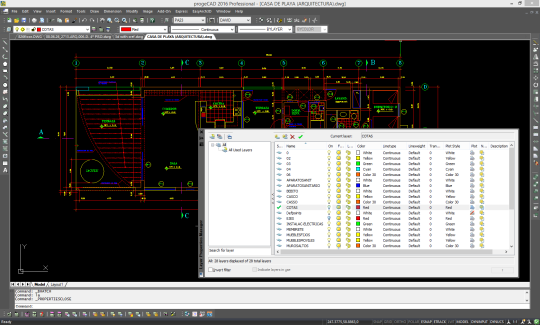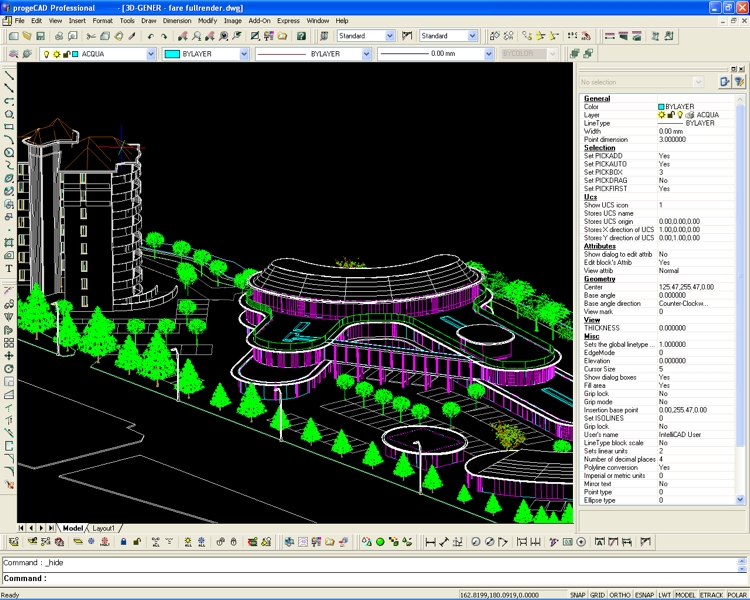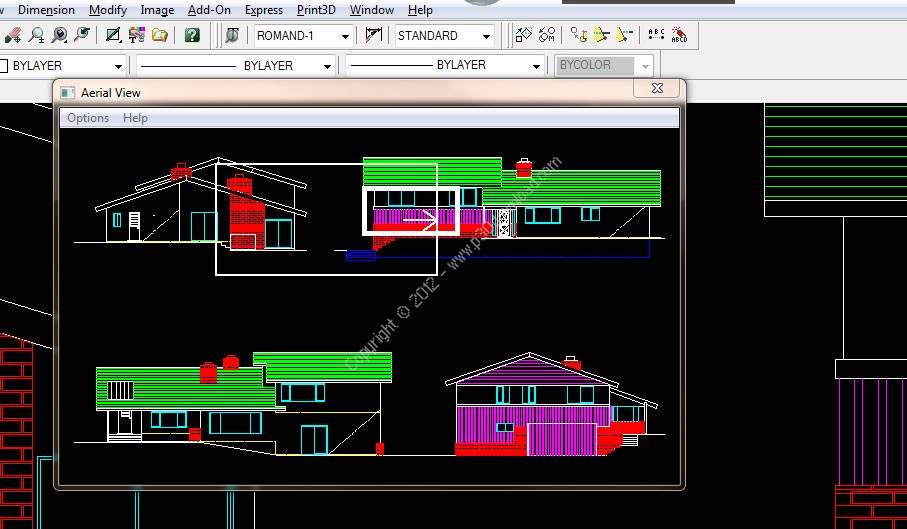


Neighborhood relationship plays an important role in spatial analysis, map generalization, co-location data mining and other applications. The experimental results reveal that the proposed methods can effectively realize multilevel mapping of urban buildings from remote sensing images while meeting basic cartographic requirements. Finally, three innovative raster-based generalization algorithms, including simplification, aggregation, and typification based on Hough line detection technology, are developed for a multilevel representation of urban buildings. Then, the orthogonal shape features of the extracted buildings are reconstructed based on corner detection, and urban roads are generated by extracting the internal structural characteristics of urban buildings for further multilevel representation. In this process, the Mask R-CNN method is first applied to extract buildings from remote sensing images. Therefore, a multilevel representation of urban buildings is realized based on the proposed framework for multilevel mapping from remote sensing images. Traditional remote sensing mapping at different levels usually fails to consider the shape, quantity, distribution, and position features of map objects. Remote sensing mapping plays an important role in understanding regional development and geographical environment characteristics. Possible use of our approach for continuous scale transformation of buildings is also discussed. Results satisfied legibility constraints and the change in area, orientation and position of simplified buildings are controlled within certain range by comparing with the results generated based on other four simplification algorithms. A dataset (1:10k) collected from the Ordnance Survey was used for the experiment and simplified scale of 1:25k. When the building is too small or the evaluation shows that it cannot be simplified based on local structures, template matching or enlargement algorithms are applied to simplify the building. Rules are built to support the selection of local-structure-based operations with a binary decision tree, and a backtracking strategy is used when an invalid operation is applied. Each building is simplified to target scale with a selected local-structure-based operation progressively scale-by-scale. In this approach, local structures are classified and their based operations are defined by considering the buildings’ orthogonal and non-orthogonal features. We propose a combined building simplification approach based on local structure classification and backtracking strategy. However, different local structures are defined for certain purposes, and no algorithm can appropriately simplify all buildings. Several algorithms have been developed to simplify buildings based on their local structure in past decades. The approach not only made the building simplification feasible but also produced satisfactory results.

In the test, a total of 468 building polygons were simplified, and the mean value of the similarity of building polygons before and after the simplification was 0.9796. Cartographers' expertise, coupled with a square detector designed for the perception of local contexts was presented to the model. The model was structured in three layers, an input layer with a 24x24 retina, a hidden layer with four nodes, and an output layer with three nodes. Understanding that map generalization is an intelligent process, we proposed a novel approach for building simplification with raster-based local perception using a backpropagation (BP) neural network (BPNN) model for learning cartographers' knowledge. Therefore, building simplification eliminates unnecessary details of the building, without the distortion of its original shape. The key operator of the generalization is to resolve spatial conflicts inside building polygons caused by a reduction in map scale. As a result of the complexity of building shapes and spatial distribution of buildings in urban and suburban areas, building generalization has been one of the most challenging tasks in automated map generalization.


 0 kommentar(er)
0 kommentar(er)
